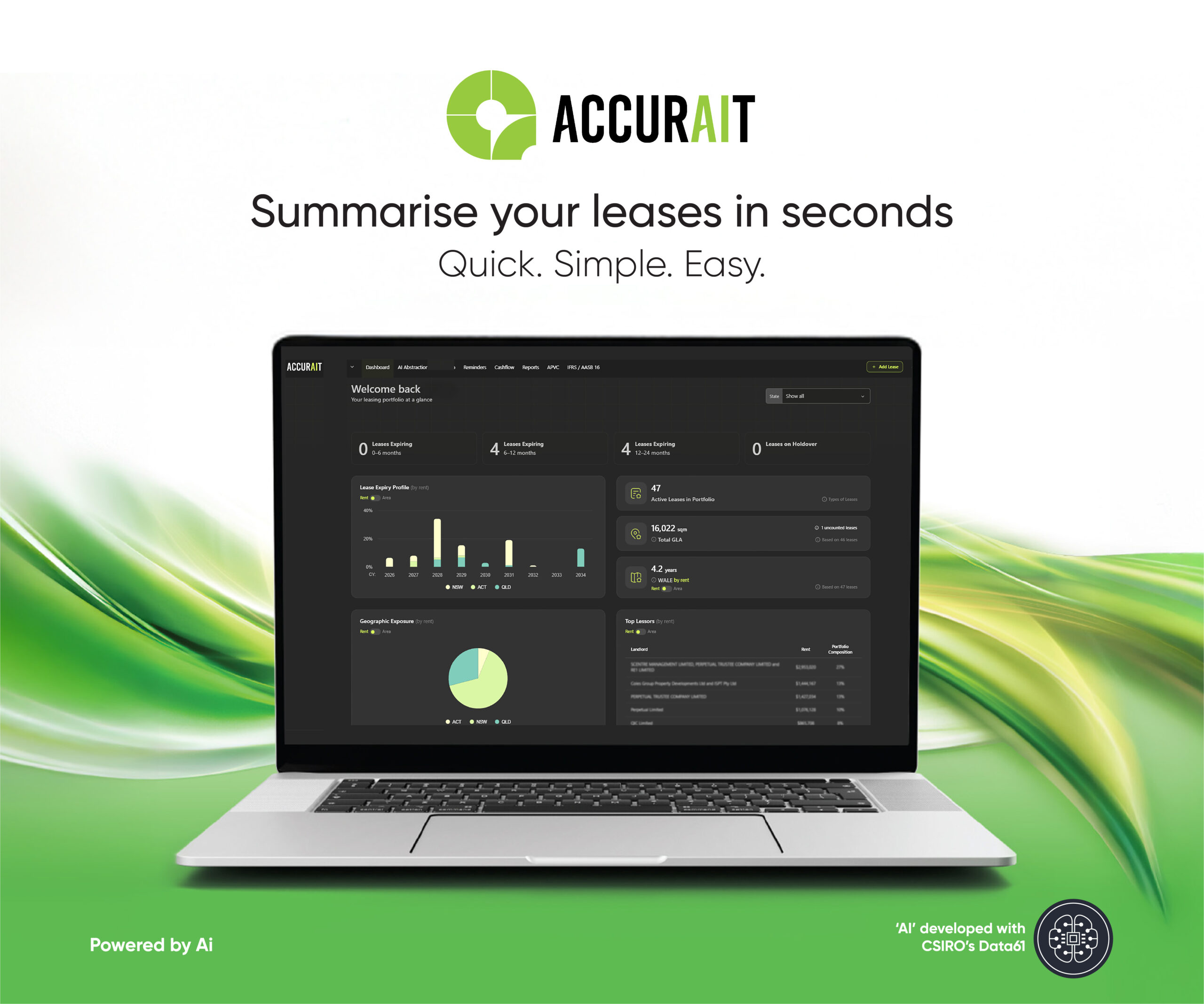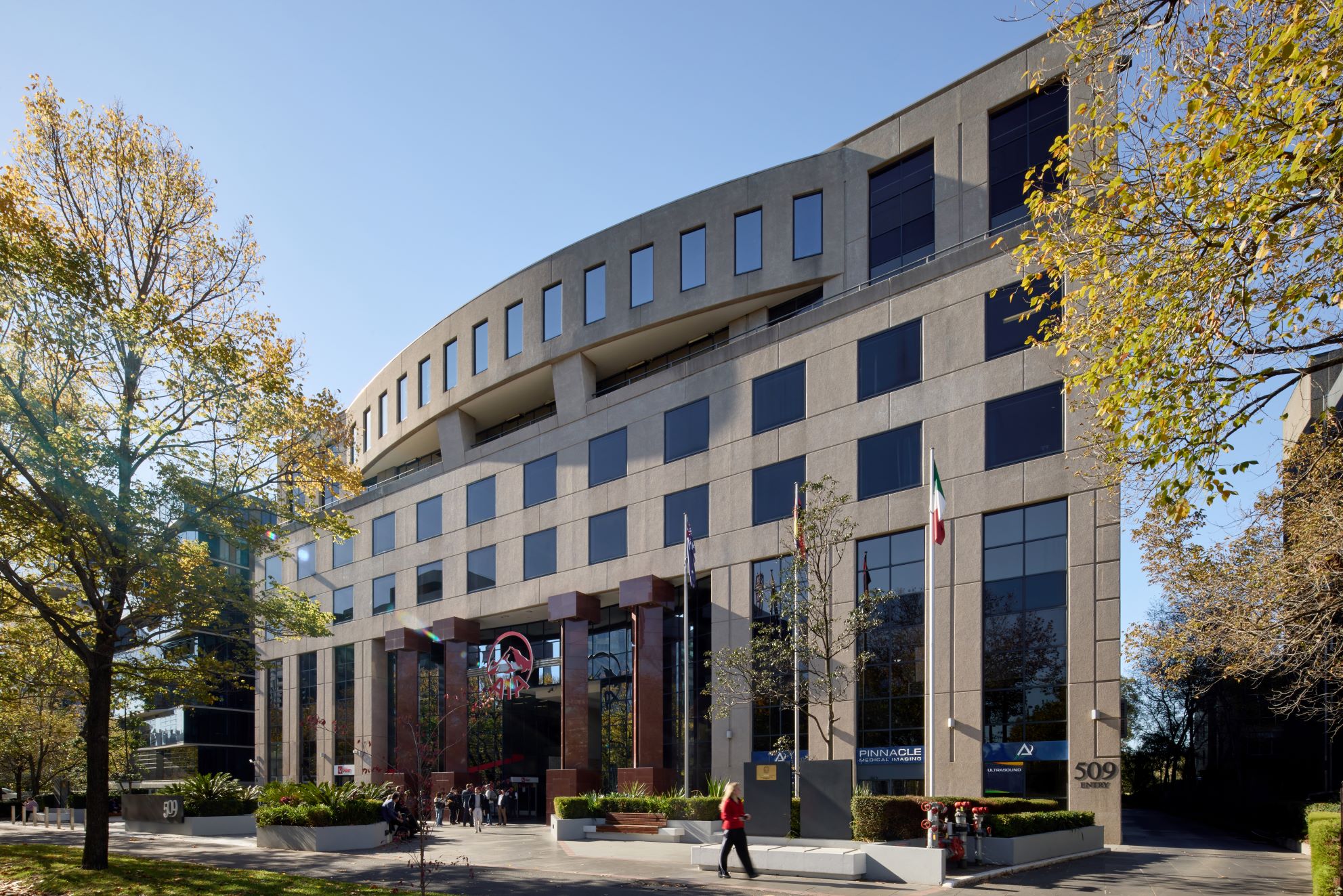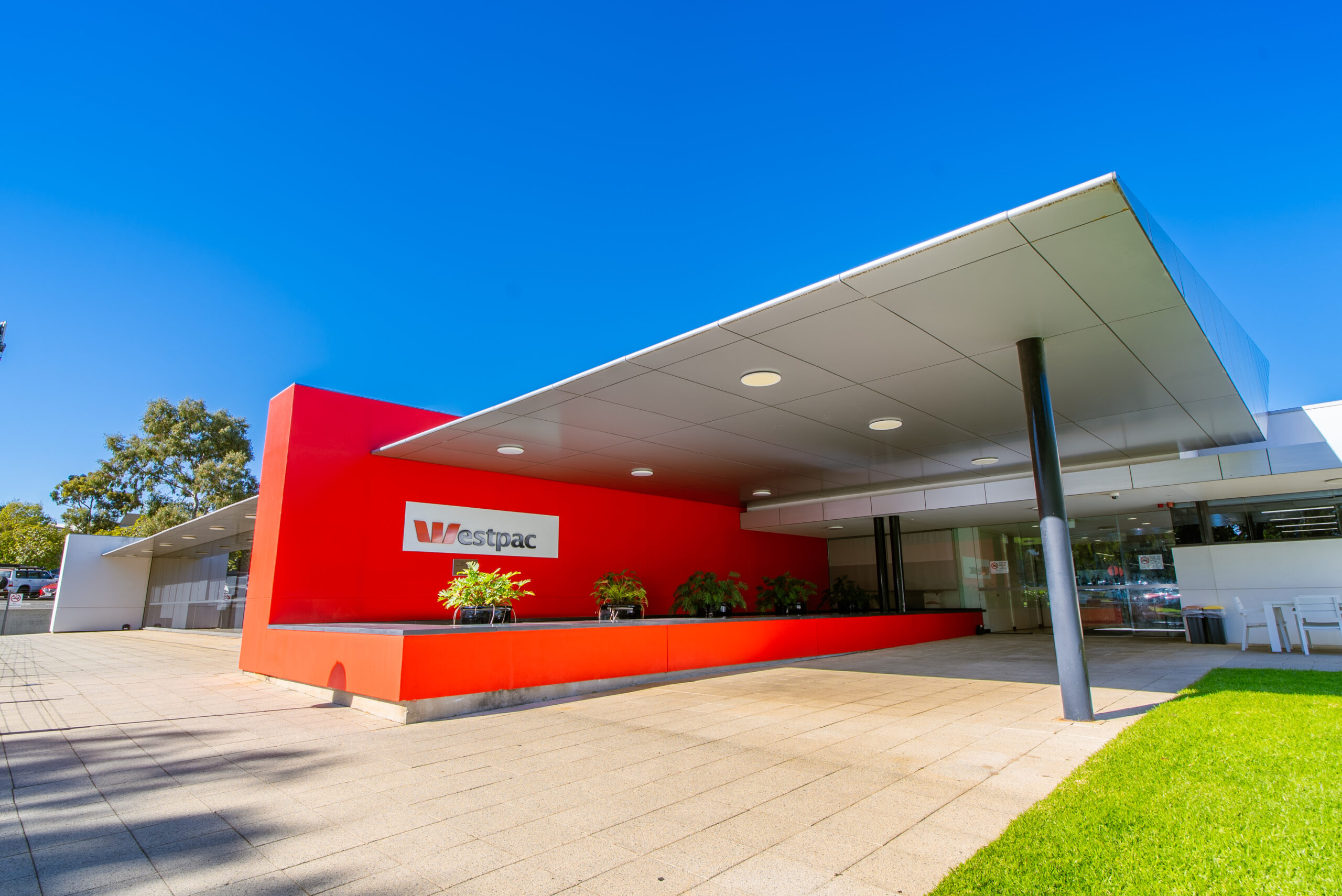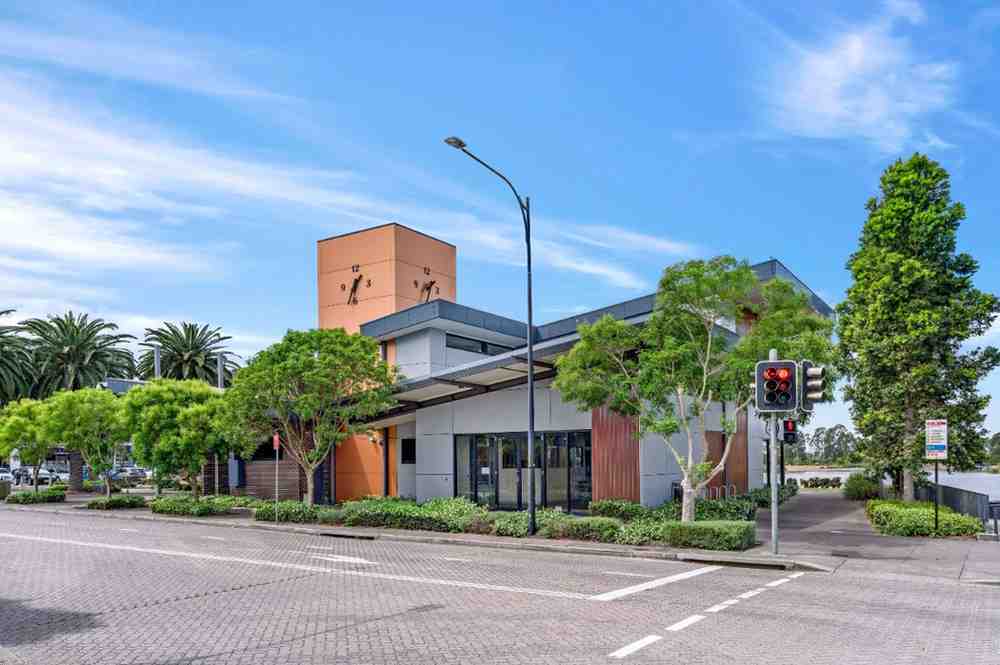
Colliers reports resilient demand for high-quality office space, with Melbourne accounting for 44% of CBD deals and Premium stock occupancy rising 2.7% nationally.
The July 2025 Property Council of Australia (PCA) Office Market Report reveals that CBD office vacancy rate edged up from 13.7 to 14.3 per cent nationally over the first half of 2025, driven by a continuing stream of new high-quality office supply. More than 200,000 sqm of new space was added in the past six months alone, outpacing demand and contributing to the slight rise in vacancy. Over the past five years, Australia’s CBDs have absorbed 2.6 million sqm of new office space, equivalent to 13.7 per cent of total stock.
Despite this, Colliers reports strong leasing performance, particularly in Premium and A-grade assets. Sublease space has dropped to its lowest level in five years, reversing the pandemic-era trend and signalling renewed confidence in the market.
Cameron Williams, Managing Director of Office Leasing Australia at Colliers, said, “We’ve continued to see mixed performance across markets in the first half of 2025, largely driven by differences on the supply side, which are still shaping how vacancy rates are shifting. Vacancy declines in both the Adelaide CBD and Melbourne CBD show healthy levels of underlying demand taking effect with the absence of any significant new supply coming to market over the period.”
Williams added, “Melbourne is worth noting, while the vacancy decline was modest, it indicates early signs of market stabilisation. Colliers’ gross leasing activity has been exceptionally strong across the Melbourne CBD, outperforming all other capital city markets; accounting for 28% of its national transactions and 44% of CBD deals in the first half of 2025.”
Sydney also saw a major milestone with the completion of 33 Alfred Street (32,353 sqm), achieving a 93% commitment rate.
“Strong leasing demand from legal tenants has contributed to the strong leasing result of this historically significant asset, which will house tenants such as Allens, Maddocks, Lander & Rogers and Pinsent Masons,” Williams said.
“This completion marks the start of a hiatus in new development completions in the Sydney CBD with only the refurbishment of 270 Pitt Street (24,000 sqm) due over H2 2025.”
Joanne Henderson, Head of Research at Colliers, noted, “Overall CBD leasing activity remains resilient, driven predominantly by commitments to prime grade space. In Q2, 65% of the area leased was for Premium or A-grade assets, reflecting tenants’ ongoing preference for high-quality spaces in core locations. However, this is down from the 75–80% seen over the past year, as the availability of Premium grade options in preferred locations diminishes and as such the headline vacancy figures mask the tightening conditions emerging in premium grade markets for contiguous space.”
The PCA report shows that occupied Premium office stock rose by 2.7 per cent in the past six months, a 7 per cent increase year-on-year, highlighting the strength of demand for top-tier space. In contrast, Grade A stock rose by just 0.1 per cent, while Grades B, C and D saw declines of 0.5, 0.3 and 0.4 per cent respectively.
Henderson added, “With no new supply replenishing the Premium and high-end A-grade market, leasing activity is increasingly focused on A and B-grade stock. This trend is expected to persist due to the limited upcoming supply, particularly in markets like the Sydney and Brisbane CBDs, where Premium options are scarce and minimal new supply is expected over the next 18 months.”











